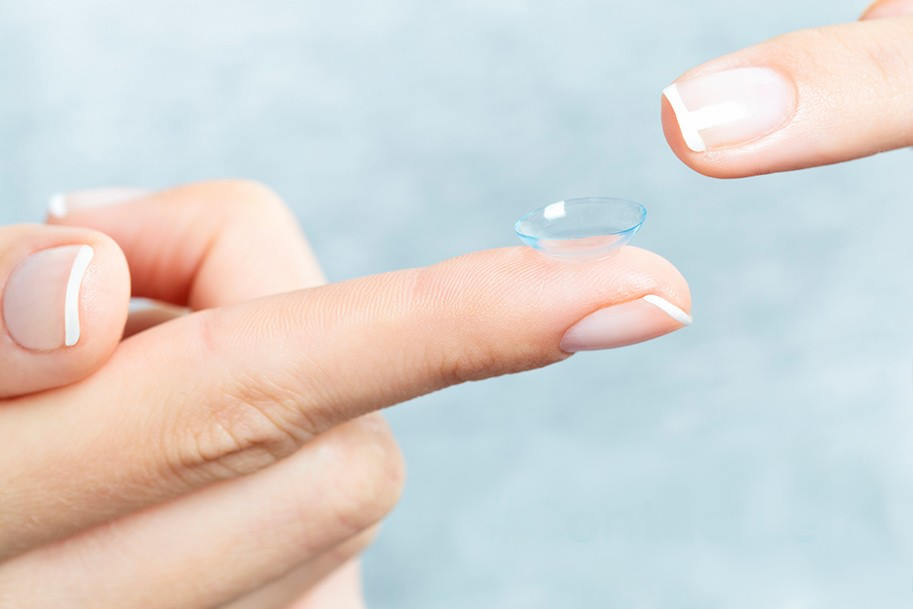Lutein drops to supplement IVI?
Researchers at the Royal Melbourne Institute of Technology (RMIT) University in Melbourne, Australia, in collaboration with the Centre for Eye Research Australia (CERA), have developed a nanocarrier eye drop capable of delivering lutein directly to the retina, potentially reducing the need for intravitreal injections (IVI) in early-stage retinal disease, they said.
The study, published in ACS Applied Materials & Interfaces and reported by RMIT, investigated cubosome lipid nanoparticles carrying lutein extracted from Momordica cochinchinensis (gac fruit), a natural macular pigment antioxidant known to support eye health and protect against retinal disease.
Lutein’s clinical potential in retinal health has been limited by instability and low oral bioavailability, said researchers. “Our cubosome carriers act like tiny shields, keeping the compound safe and releasing it in a controlled way once it’s inside the eye,” said Professor Charlotte Conn, co-lead researcher. After topical use of the lutein-containing cubosome in mice, the antioxidant was detected in the retina up to seven days after instillation, said authors. Delivered by IVI, however, researchers detected lutein in mice retinas for just one day after injection.
The nanodrop also remained stable at 25°C for 90 days, indicating suitability for room-temperature storage.
This is a technology with broad potential, said RMIT’s Associate Professor Tien Huynh. “We’ve shown it can protect fragile ingredients and carry them safely to the back of the eye, which has long been a barrier for treatments.”
























